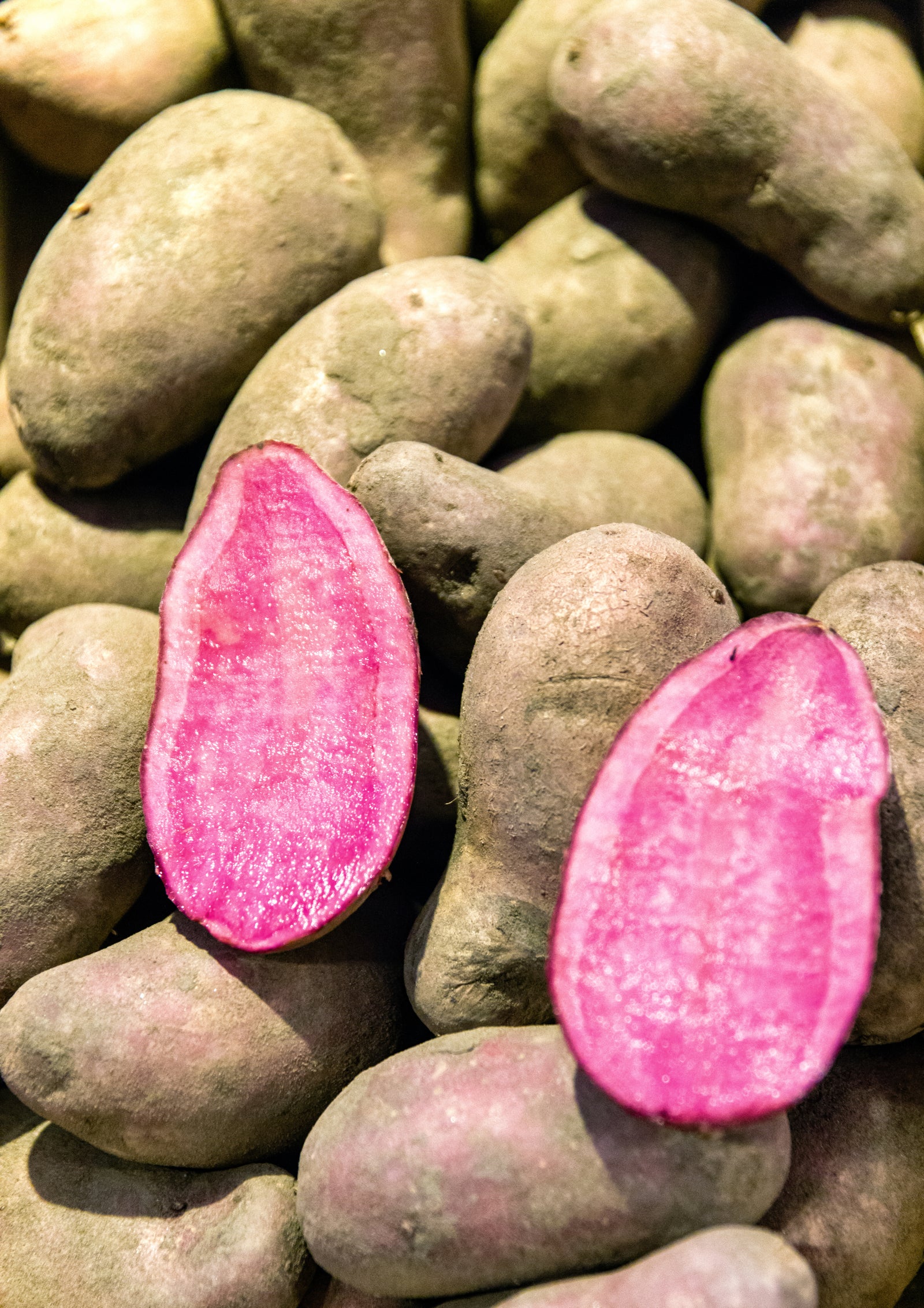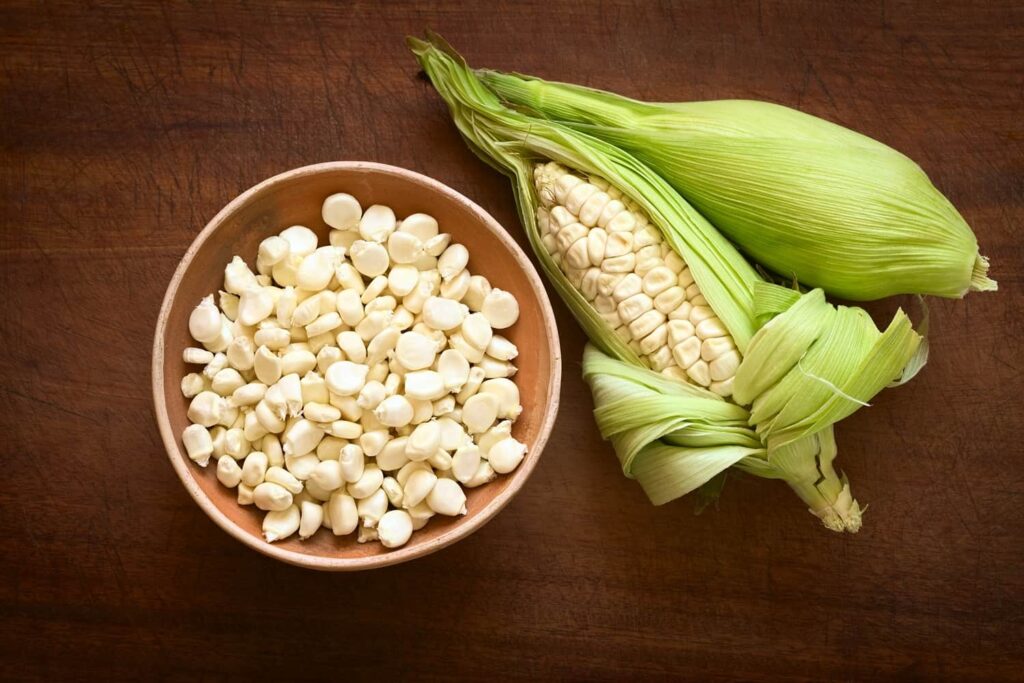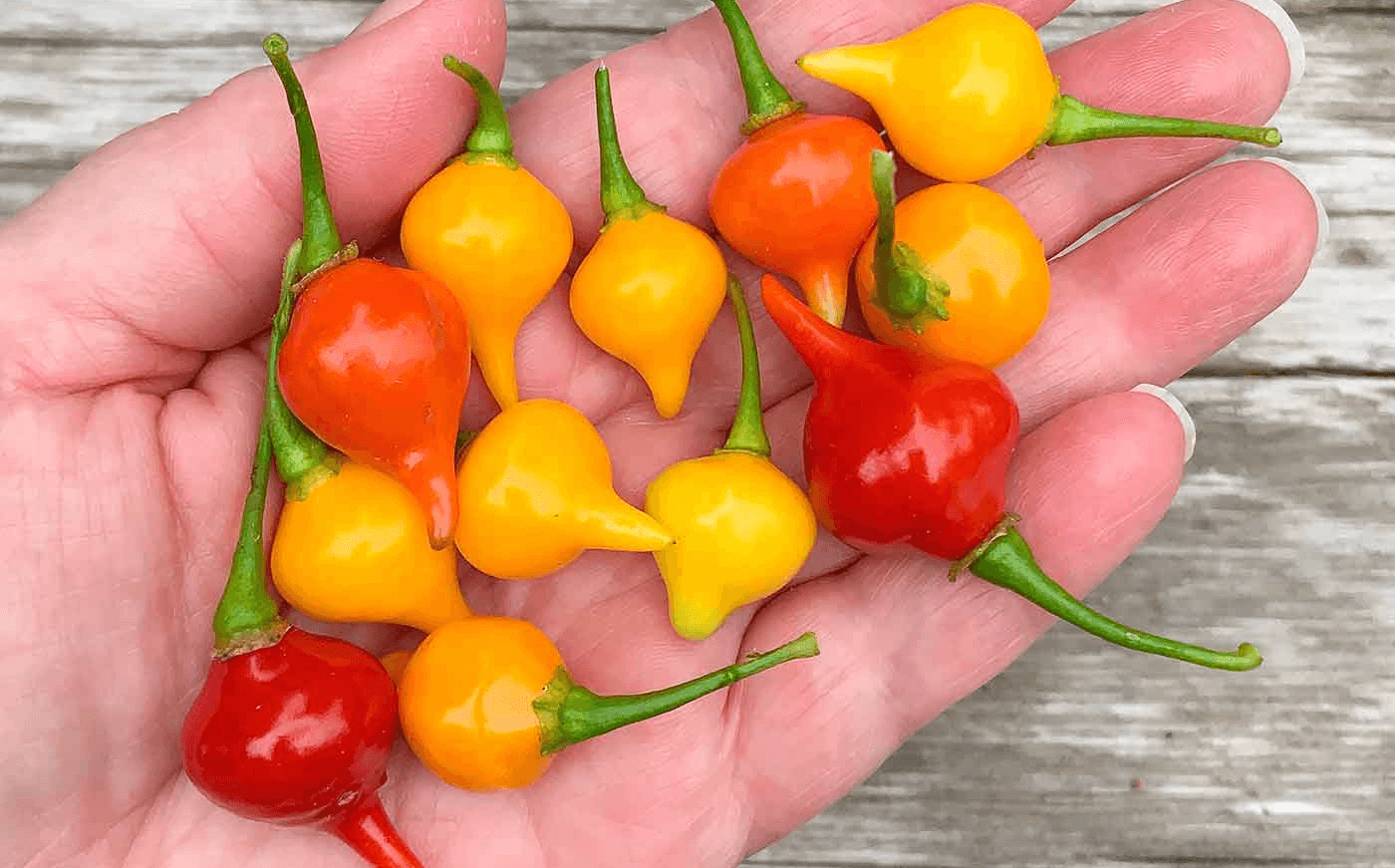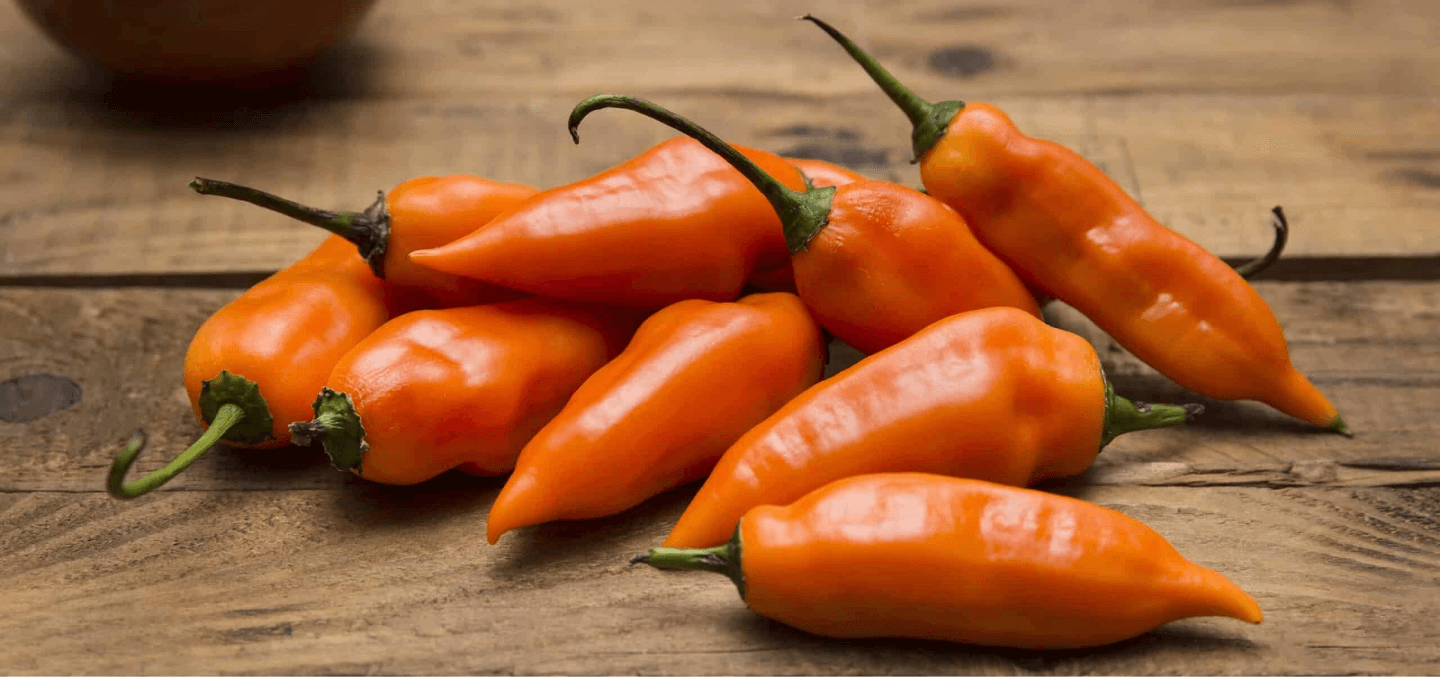Peruvian Potatoes: an Ancient Risk Leads to a Nutritious Reward
Did you know there are over 4,000 varieties of potatoes? Potato colors range from egg-yolk yellow to indigo blue and have nutritiouscarotenoids andantioxidant properties to match. Andean peoples in the area now called Peru first domesticated the wild potato plant over7,000 years ago. High up in the Andean mountains, ancient hunter and gatherer peoplesbegan to shifttoward farming and herding. Their dedication and skill in selecting potatoes best suited to distinct microclimates created the diverse potato varieties that Peruvians, and people worldwide, enjoy today.
The process of domesticating wild potatoes was risky.
Andean peoples had to figure out how to grow potatoes at altitudes between2,500 and 4,000 meters. Up in the clouds, precipitation and temperature shifts are dramatic. The thousands of potato varieties we have today are testaments to Andean ingenuity. Each variety is suited to a particular high altitude environment.

In addition to the climate challenges, wild potatoes contain toxic compounds calledglycoalkaloids. High levels of these toxins can cause paralysis and even death. These toxins don’t break down during the cooking process, so resourceful ancient Andeans observed how other animals ate poisonous plants without dying. They noticed that guanaco and vicuña, llama’s wild relatives,licked clay before eating dangerous plants. The clay particles stick to the toxins and pass through the digestive system without harm. In a similar tactic, Andean peoples decided to dip cooked wild potatoes into clay mixed with water before eating them. It worked! Over time, the farmers bred less-toxic potato varieties.
Ancient Peruvians also developed a freeze-drying technique called chuño to decrease the amount of toxins. To make chuño, farmersleave potatoes out at night during freezing temperatures. Then they put the frozen potatoes into water and leave them to soak for a month or longer. Farmers remove the wet potatoes and walk on them to squeeze out the water and take off the potato skins. Then they leave the potatoes outside for ten to fifteen days where hot days and freezing nights complete the full dehydration process.
This ingenious process not only reduced toxins, but also enabled Andean peoples to store potatoes for years without risk of spoilage. Later on, these preserved potatoessustained Inca armies. Today, Peruvians dine on chuño in spicy soups—the preserved potatoes have a squishy,gnocchi-like texture.
Their success in domesticating the potato gave Andean peoples the stability to grow a complex socialculture. They built their civilization on the nutrient-richpotato. Andeans linked their community rituals and rhythms with that of the potato’s growing cycle. They evenmeasured time by how long it took to cook a potato.

In the 15th century, the Incan Empire arose in the Peruvian highlands after thousands of years of Andean cultural development. Cusco was its capital city and the heart of thelargest empire in pre-Columbian America.
TheIncan Empire is known for its architecture, extensive road network, fine textiles and administrative organization. But arguably its most lasting, world-wide impact is that of the domesticated potato.
Spanish colonizers invaded Peru in the 16th century and decimated local populations via infectious disease and violent warfare. The Spaniards destroyed the Incan empire and became rulers of the land. These colonizers shipped their stolen gold treasures and a curiousnew foodstuff, the potato, throughout their vast empire.

Although Europe was slow to adopt the potato, farmers eventually started growing the new crop with great success. The potato doubled Europe’s food supplyin terms of calories. This reduced the European continent’s struggle with famine. Potatoes became a staple food by the 18th century.
However, the potato did not arrive in Europe with thousands of years of Andean cultivation knowledge attached to the tuber. Instead of planting diverse potato varieties, European farmers grewmonocultures of only one kind of potato. This left the crop susceptible to disease and the 19th century Irish Potato Famine resulted in tragedy.
Ancestral knowledge passed down through the generations enables Peruvian farmers to continue producing gorgeous potatoes today. Farmers selectdisease-resistant and climate resilient varieties to make each successive generation stronger. Each Andean farmer household maintains careful plant breeding forover a dozen potato varieties. You can find over 100 potato varieties within one valley!
Farmers have names suited to each variety that incorporate their culture and sense of humor. One extra knobby tuber is called Lumchipamundana, which means“makes the young bride weep.” A theory for this name’s origin is that the tuber’s bumps can bring a young bride to tears when she tries to peel and cook the bulbous tuber to impress her mother in law.

This rich legacy of genetic diversity is under threat fromcommercial pressures to produce a certain variety of potato. A kind of potato better suited to industrial French-fry production. But Peruvian farmers continue their specialized potato breeding traditions because their tubers are tastier, more nutritious and desirable. In some Andean communities, only native varieties are usedas giftsand to pay laborers.
Even though you don’t see thousands of varieties in your local grocery yet, native Peruvian potatoes are becoming sought after delicacies. The average price for Peruvian native potatoes hasincreased by 49% since 2005/2007. This is good news for Peruvian farmers, but there is a catch.
Wealthier farmers with access to capital are the ones benefiting from this increasing market demand. Instead of benefiting from their native potato’s increased status, small-scale, poor farmers areleaving agricultureto find paid employment. Family members who stay on the land still grow native potatoes, but just enough for their own consumption. Researchersadvocate for policies to right this imbalance. To ensure that all Peruvian farmers can continue their ancient work of creating divine potatoes for generations to come.





